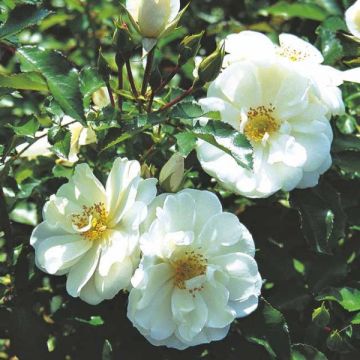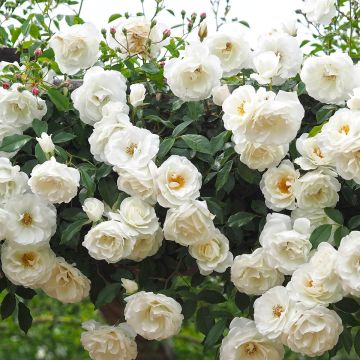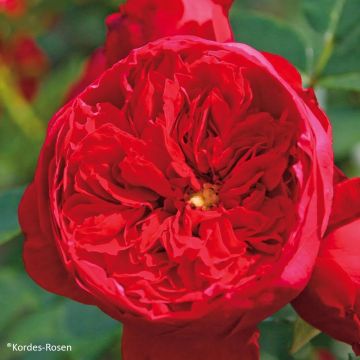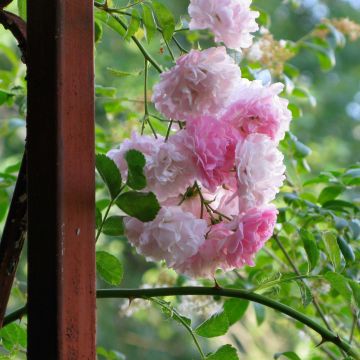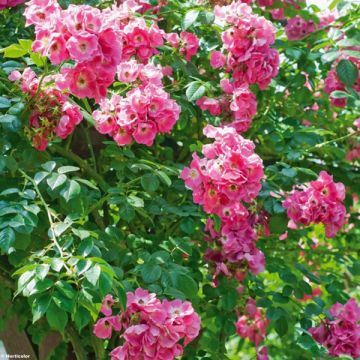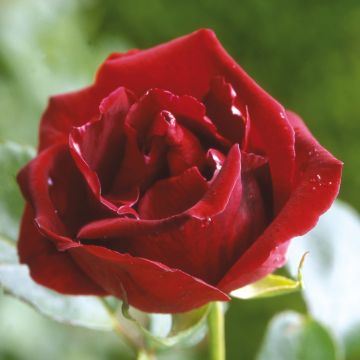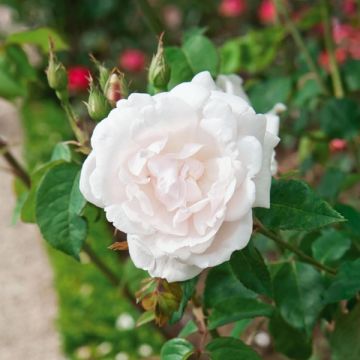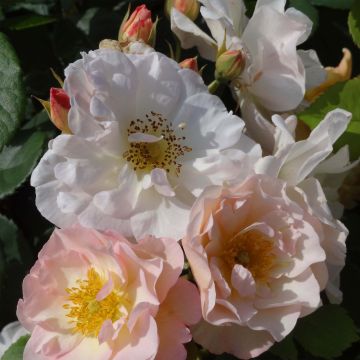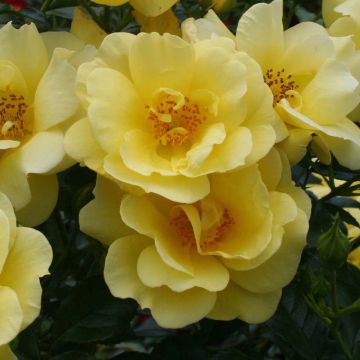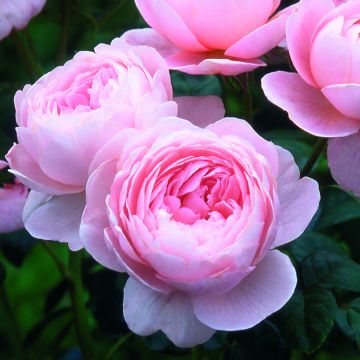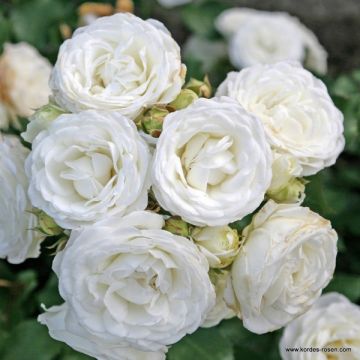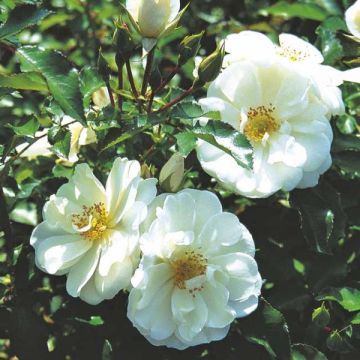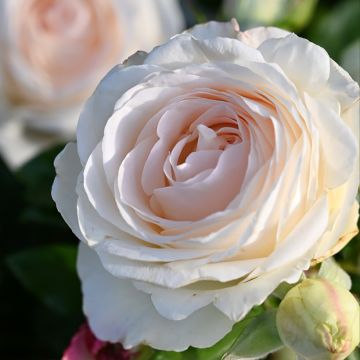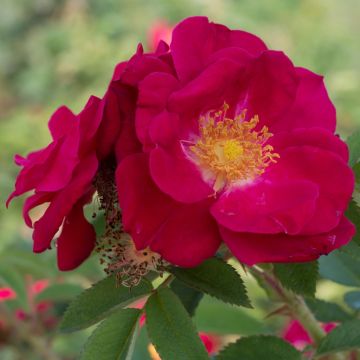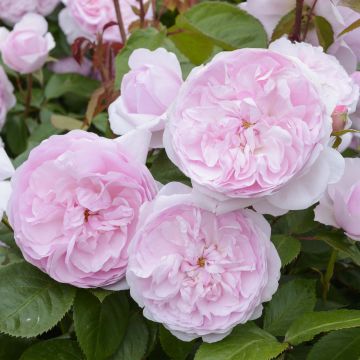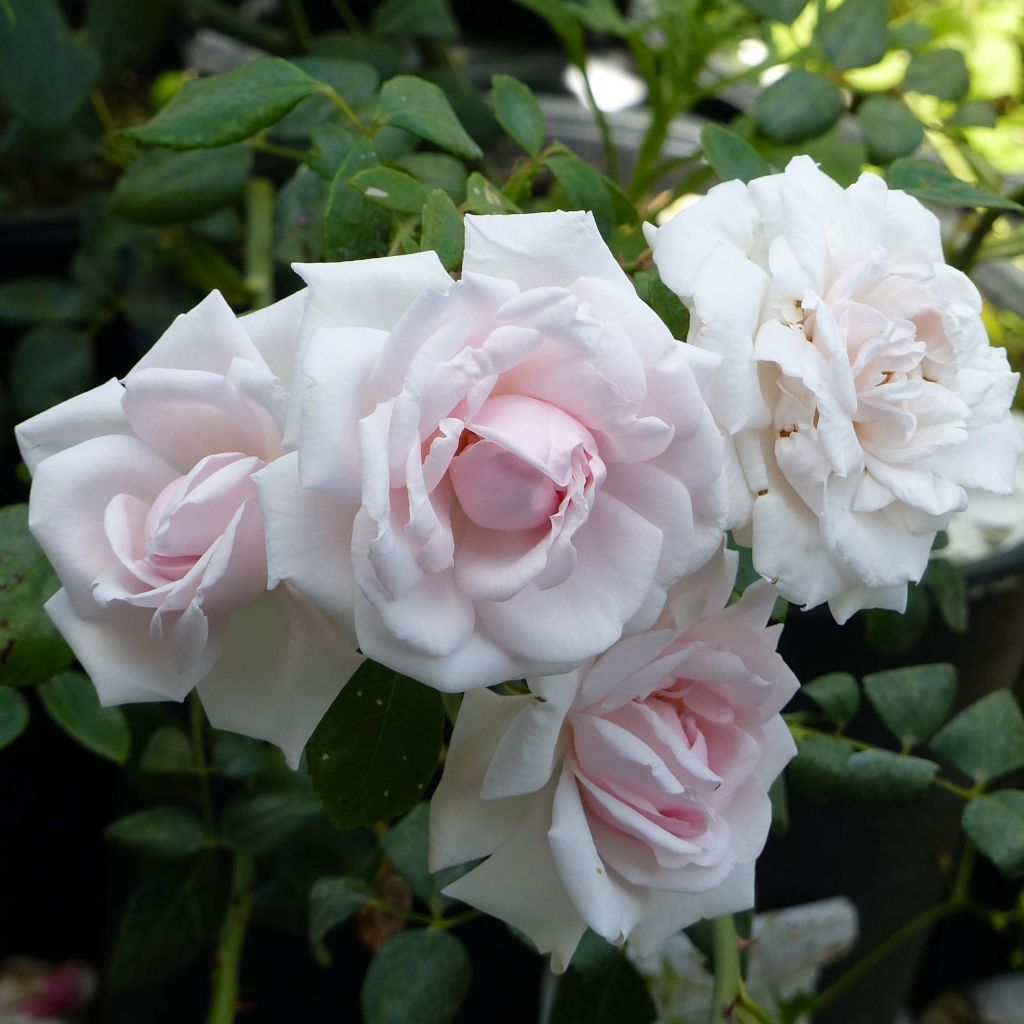

Rosa x wichuraiana 'New Dawn'
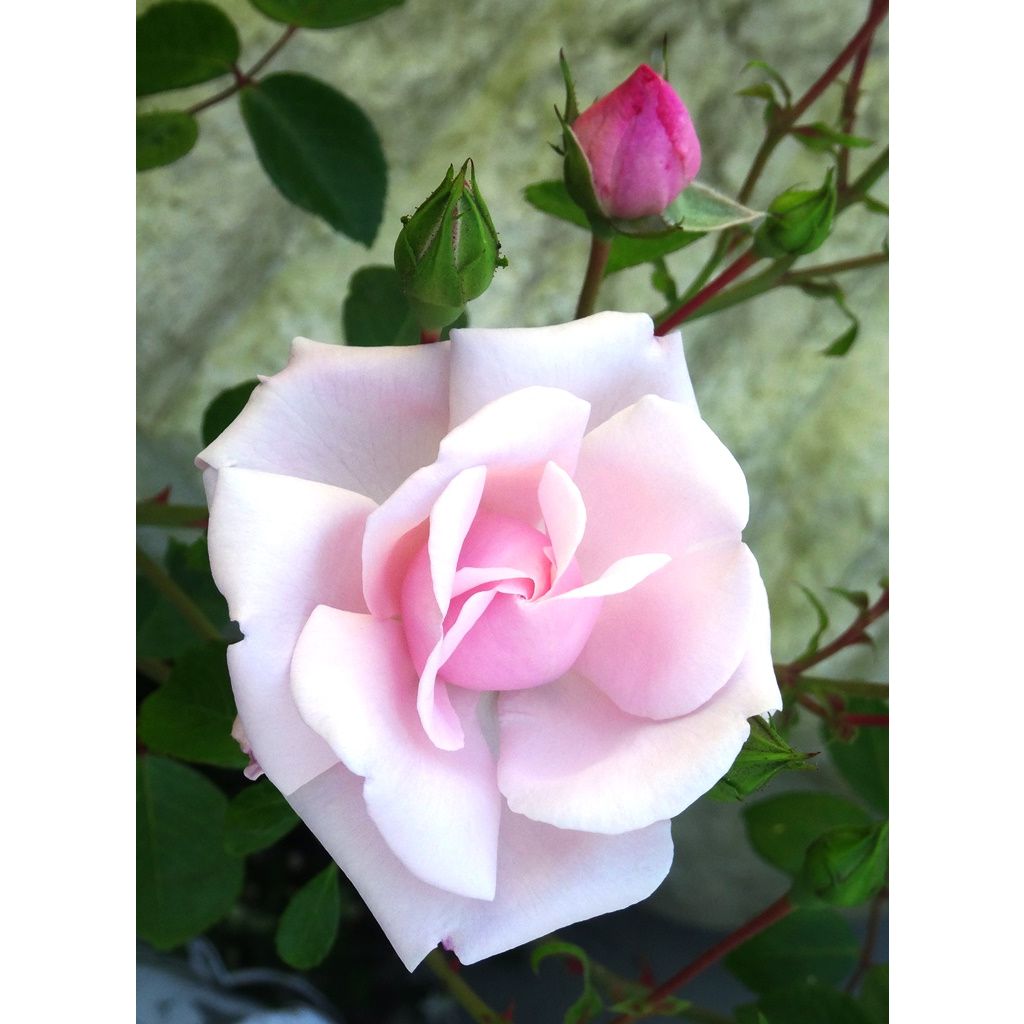

Rosa x wichuraiana 'New Dawn'
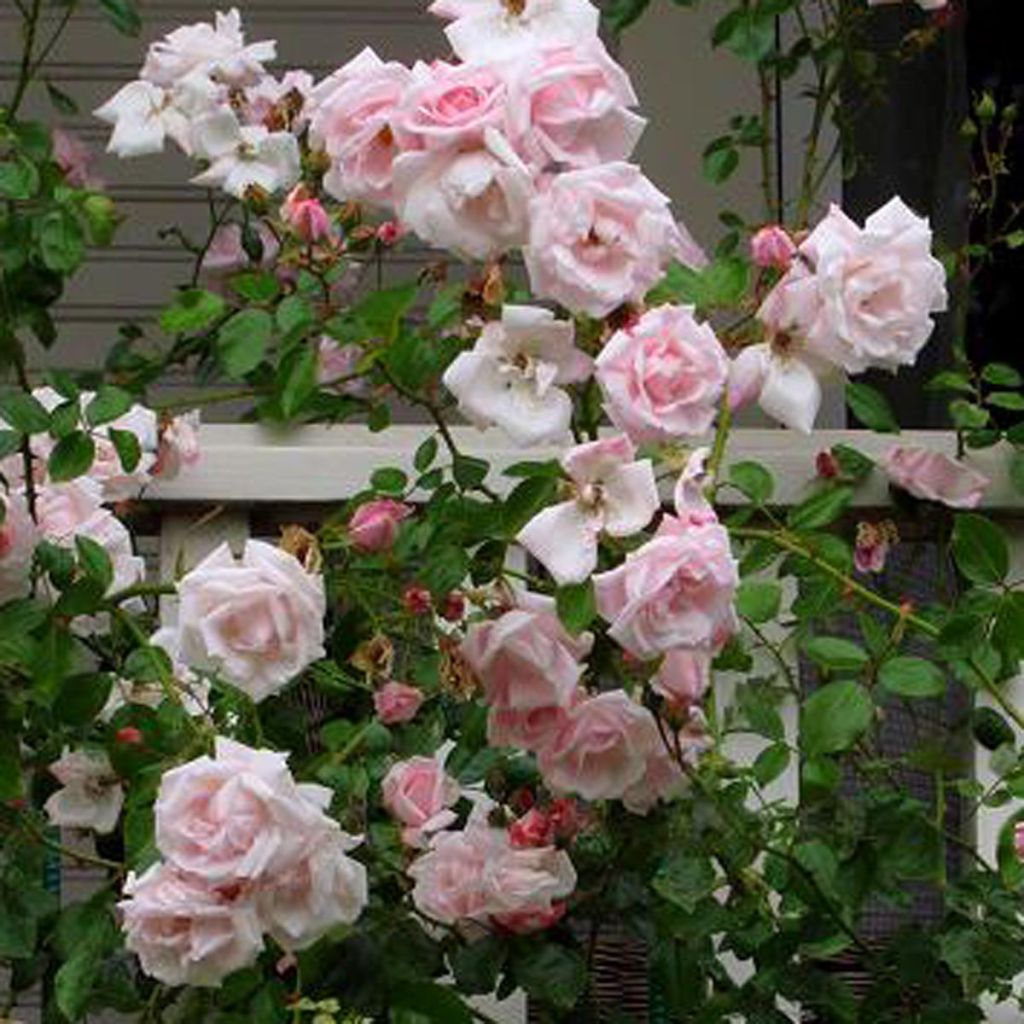

Rosa x wichuraiana 'New Dawn'
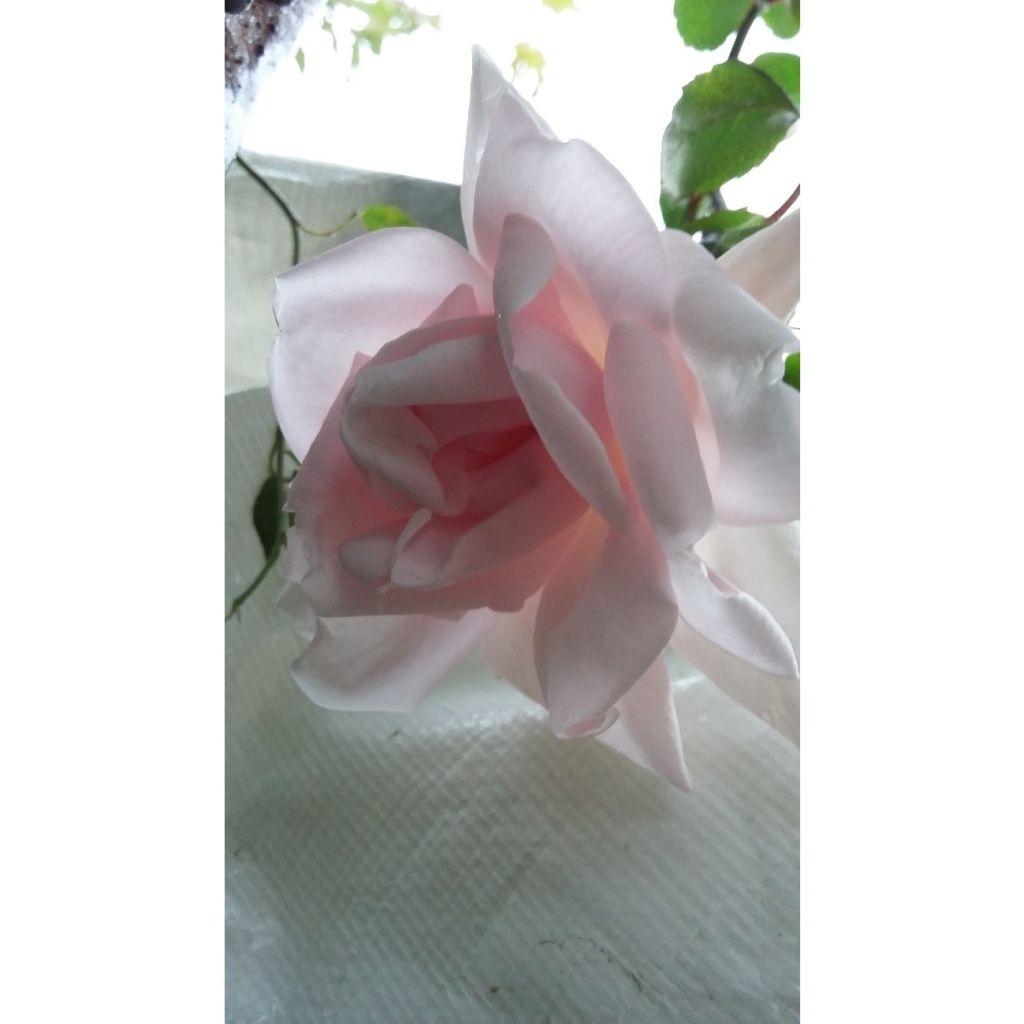

Rosa x wichuraiana 'New Dawn'


Rosa x wichuraiana 'New Dawn'
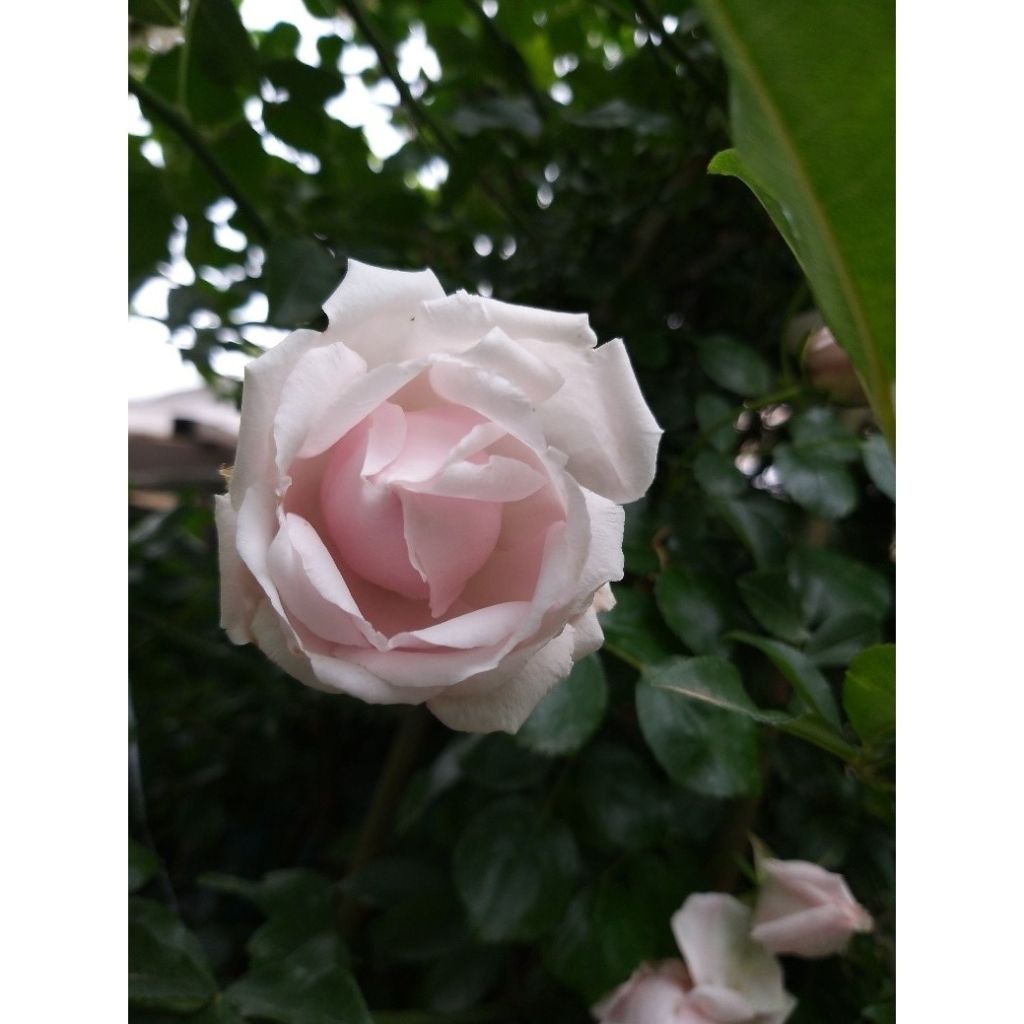

Rosa x wichuraiana 'New Dawn'
Rosa x wichuraiana 'New Dawn'
Rosa x wichuraiana New Dawn
Climbing Rose 'New Dawn'
This item cannot be shipped to the selected country
Delivery charge from €5.90
Delivery charge from €5.90
Delivery to Corse prohibited
More information
Schedule delivery date,
and select date in basket
This plant carries a 6 months recovery warranty
More information
We guarantee the quality of our plants for a full growing cycle, and will replace at our expense any plant that fails to recover under normal climatic and planting conditions.
From €5.90 for pickup delivery and €6.90 for home delivery
Express home delivery from €8.90.
From €5.90 for pickup delivery and €6.90 for home delivery
Express home delivery from €8.90.
Delivery to Corse prohibited: UE law prohibits the import of this plant from mainland France to Corse as part of the fight against Xylella fastidiosa. Please accept our sincere apologies.
More information


Does this plant fit my garden?
Set up your Plantfit profile →
Description
The climbing rose 'New Dawn' is a relatively modern variety with the charm and vigour of ancient rambling roses and blooms regularly until late autumn. It produces delightful crumpled roses, of medium size, displaying a delicate pink and pearly colour, very pale at the edges, slightly deeper at the heart of the flower. This rose in full bloom emits a light fruity fragrance, adding to the romance of its flowering.
This 'New Dawn' rose is a climbing mutation of the variety 'Dr. Van Fleet' was obtained in 1930 by Somerset Rose in England. It carries the genes of the Wichura Rose (synonym Rosa luciae), a vigorous botanical species native to East Asia. Like the ancient roses 'Alberic Barbier' or Albertine, it produces arching branches with thorns that can exceed 5m (16ft) in height. This variety, the origin of many modern climbing roses, was distinguished in 1993 with an A.G.M awarded by the Royal Horticultural Society in England and by the World Federation of Rose Societies in 1997. Its small foliage is a bright medium green with a satin finish. It can be slightly susceptible to marsonia and powdery mildew, depending on the growing conditions. New Dawn blooms abundantly in early summer and then reblooms to varying degrees in summer if it doesn't lack water. The autumn rebloom is regular, abundant, and prolonged. Its flowers are double cups, 8cm (3in) in diameter, slightly crumpled, although modern roses' curved and turbinate forms can already be seen. Clustered in small bouquets, they are composed of 20 to 39 petals of a very tender and fresh silver pink, slightly deeper towards the centre of the flower, becoming almost white at maturity. This excellent rose is the origin of superb varieties such as Aloha, Bantry Bay, Penny Lane, and Pink Cloud, to name just a few.
The climbing rose 'New Dawn' often wins over professional or amateur gardeners. This climber, which is undemanding, beautifully adorns trellises, pergolas, or large bushes. It adapts to many situations, even accepting to bloom in shaded areas of the garden. It tolerates all soil types but prefers well-prepared, deep soil and well-ventilated exposure. Like Albertine, Felicia, American Pillar, or May Queen, bringing lushness and colour to the garden's difficult or slightly shaded areas is exciting. Sturdy, undemanding, and frugal, it will thrive in all areas with some care at planting. Like other large climbers, it can easily hide an unsightly structure or climb a solid wall or small tree.
Obtained by Somerset Rose in 1930.
Report an error about the product description
Rosa x wichuraiana 'New Dawn' in pictures




Plant habit
Flowering
Foliage
Botanical data
Rosa
x wichuraiana
New Dawn
Rosaceae
Climbing Rose 'New Dawn'
Cultivar or hybrid
Other Climbing Roses
Planting and care
When planting your New Dawn rose, choose a spot that receives ample sunlight but is also partially shaded to protect the flowers from the strong midday rays. While roses can adapt to any garden, they do not do well in soil with excessive limestone. To ensure healthy growth, prepare the soil by working it well and making it rich with amendments. If you notice any spotted leaves or powdery mildew, remove them immediately. In spring, treating your rose with sulfur is a good idea to prevent fungal diseases.
To plant your rose, work the soil thoroughly, crumble it, and add bone, fish, and blood amendments to the bottom of the planting hole. Water generously after planting to avoid air pockets. Water regularly for a few weeks to encourage root growth. As New Dawn is a perpetual bloomer, it is essential to prune the faded flowers regularly. This will promote new flower growth without exhausting the bush. Renew your rose by removing the old stems near the base, balancing the rose by pruning short and long branches, removing dead wood, and lightly aerating the centre of the rose.
Choose an outward-facing bud when pruning and make a bevelled cut above it. As your roses grow, train them to cover your support.
Roses may develop spots at the end of summer, but this is a natural occurrence and does not harm the plant's growth.
Planting period
Intended location
Care
-
, onOrder confirmed
Reply from on Promesse de fleurs
Roses by purpose
Haven't found what you were looking for?
Hardiness is the lowest winter temperature a plant can endure without suffering serious damage or even dying. However, hardiness is affected by location (a sheltered area, such as a patio), protection (winter cover) and soil type (hardiness is improved by well-drained soil).

Photo Sharing Terms & Conditions
In order to encourage gardeners to interact and share their experiences, Promesse de fleurs offers various media enabling content to be uploaded onto its Site - in particular via the ‘Photo sharing’ module.
The User agrees to refrain from:
- Posting any content that is illegal, prejudicial, insulting, racist, inciteful to hatred, revisionist, contrary to public decency, that infringes on privacy or on the privacy rights of third parties, in particular the publicity rights of persons and goods, intellectual property rights, or the right to privacy.
- Submitting content on behalf of a third party;
- Impersonate the identity of a third party and/or publish any personal information about a third party;
In general, the User undertakes to refrain from any unethical behaviour.
All Content (in particular text, comments, files, images, photos, videos, creative works, etc.), which may be subject to property or intellectual property rights, image or other private rights, shall remain the property of the User, subject to the limited rights granted by the terms of the licence granted by Promesse de fleurs as stated below. Users are at liberty to publish or not to publish such Content on the Site, notably via the ‘Photo Sharing’ facility, and accept that this Content shall be made public and freely accessible, notably on the Internet.
Users further acknowledge, undertake to have ,and guarantee that they hold all necessary rights and permissions to publish such material on the Site, in particular with regard to the legislation in force pertaining to any privacy, property, intellectual property, image, or contractual rights, or rights of any other nature. By publishing such Content on the Site, Users acknowledge accepting full liability as publishers of the Content within the meaning of the law, and grant Promesse de fleurs, free of charge, an inclusive, worldwide licence for the said Content for the entire duration of its publication, including all reproduction, representation, up/downloading, displaying, performing, transmission, and storage rights.
Users also grant permission for their name to be linked to the Content and accept that this link may not always be made available.
By engaging in posting material, Users consent to their Content becoming automatically accessible on the Internet, in particular on other sites and/or blogs and/or web pages of the Promesse de fleurs site, including in particular social pages and the Promesse de fleurs catalogue.
Users may secure the removal of entrusted content free of charge by issuing a simple request via our contact form.
The flowering period indicated on our website applies to countries and regions located in USDA zone 8 (France, the United Kingdom, Ireland, the Netherlands, etc.)
It will vary according to where you live:
- In zones 9 to 10 (Italy, Spain, Greece, etc.), flowering will occur about 2 to 4 weeks earlier.
- In zones 6 to 7 (Germany, Poland, Slovenia, and lower mountainous regions), flowering will be delayed by 2 to 3 weeks.
- In zone 5 (Central Europe, Scandinavia), blooming will be delayed by 3 to 5 weeks.
In temperate climates, pruning of spring-flowering shrubs (forsythia, spireas, etc.) should be done just after flowering.
Pruning of summer-flowering shrubs (Indian Lilac, Perovskia, etc.) can be done in winter or spring.
In cold regions as well as with frost-sensitive plants, avoid pruning too early when severe frosts may still occur.
The planting period indicated on our website applies to countries and regions located in USDA zone 8 (France, United Kingdom, Ireland, Netherlands).
It will vary according to where you live:
- In Mediterranean zones (Marseille, Madrid, Milan, etc.), autumn and winter are the best planting periods.
- In continental zones (Strasbourg, Munich, Vienna, etc.), delay planting by 2 to 3 weeks in spring and bring it forward by 2 to 4 weeks in autumn.
- In mountainous regions (the Alps, Pyrenees, Carpathians, etc.), it is best to plant in late spring (May-June) or late summer (August-September).
The harvesting period indicated on our website applies to countries and regions in USDA zone 8 (France, England, Ireland, the Netherlands).
In colder areas (Scandinavia, Poland, Austria...) fruit and vegetable harvests are likely to be delayed by 3-4 weeks.
In warmer areas (Italy, Spain, Greece, etc.), harvesting will probably take place earlier, depending on weather conditions.
The sowing periods indicated on our website apply to countries and regions within USDA Zone 8 (France, UK, Ireland, Netherlands).
In colder areas (Scandinavia, Poland, Austria...), delay any outdoor sowing by 3-4 weeks, or sow under glass.
In warmer climes (Italy, Spain, Greece, etc.), bring outdoor sowing forward by a few weeks.


































